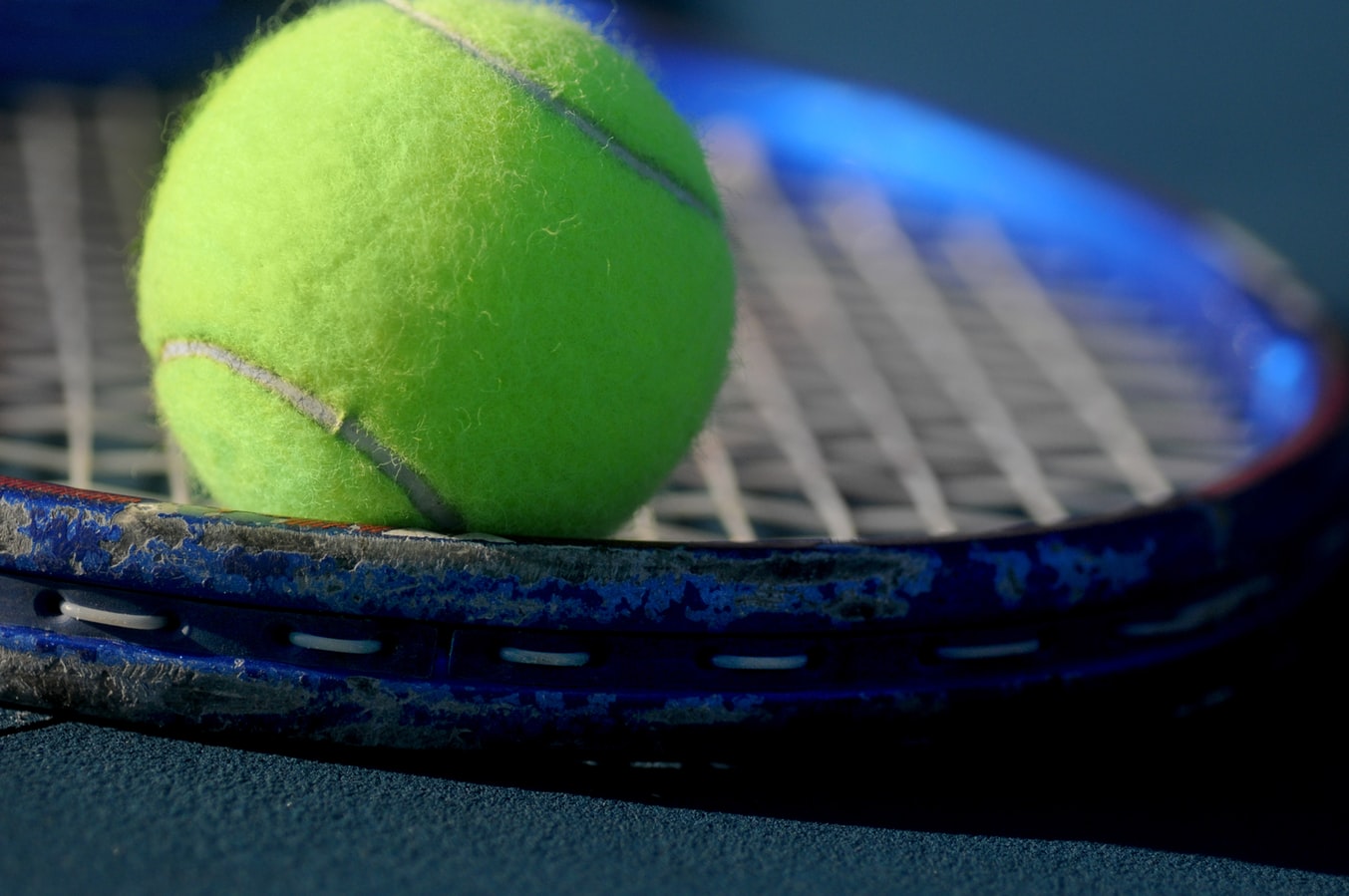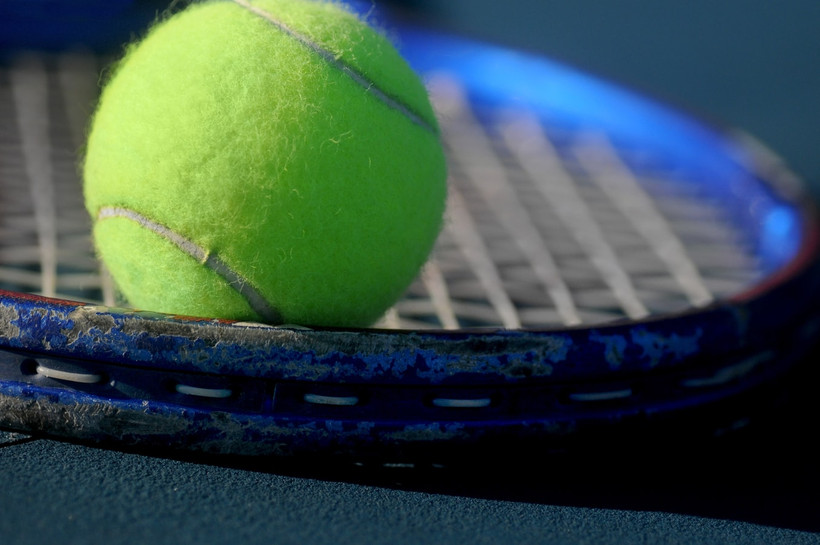
A tennis court, measuring 78 feet long and 27 feet wide (36 feet for doubles matches), provides the owner with plenty of surface to clean and maintain. In addition to the playing area, the areas around the edges of the court require maintenance as well. As we will discuss, this involves more than just making sure the surface looks good to the naked eye. There needs to be a commitment to providing and maintaining an overall excellent surface, not just for the aesthetics and value of the court, but for the safety of those who play on it.
Cleanliness for Safety
Unfortunately, keeping tennis courts clean is sometimes overlooked. Some seem to forget that, unlike some other outdoor surfaces, a tennis court’s surface needs to be kept clean in order to maintain its structure. Otherwise, it may be rendered dysfunctional.
There are some materials that can find their way to the surface of a tennis court and cause significant damage in the near- or long-term. Rocks, small stones, and even dirt and sand can be ground into the court’s surface. This will create uneven areas of the court that could be harmful for players. For example, even if a relatively small area of the court is a fraction of an inch lower than it should be, this could significantly affect the timing needed to execute a critical move. Although the neuromuscular system of a tennis player is finely tuned to adjust to changes in direction and speed, a difference in the expected level of the playing surface can result in a timing issue that causes a rolled ankle, twisted knee, or muscle strain. Eliminating debris that could result in unevenness in the court is, therefore, an important step. Drag mats are an effective court cleaning tool for this job. They can help the cleaner gather debris by simply dragging the mat across the surface of the court.
Cleanliness for Aesthetics
Some debris that can invade your tennis court is unlikely to affect the evenness of the surface. This does not mean, however, that it is harmless. Berries, fruit, and animal droppings can all stain the court’s surface. It would be a shame to allow things like these to mar a precious asset to your home or estate. Drag mats can be used to get these off the surface as well. In order to maximize the effectiveness of drag mats, they need to be used at the right time. In the case of berries or fruit, drag mats should be used as soon as possible. This is because the oils can begin to seep out and get absorbed into the surface of the court. If this happens, you may eventually have no choice but to resurface the court with more Har-Tru material. Oils are no easily soluble in water, so rain is not going to just whisk them away. A proactive approach is, therefore, best.
How Often Should a Drag Mat Be Used?
The frequency of when you use a drag mat will depend on the amount of debris your court is prone to and how often the court is used. Keep in mind that “use” doesn’t only refer to when people are playing on it. When people are walking on it, hanging out, having a snack, or just fooling around, the court is being “used” as well. Kids love to ride their bikes or ride-in toys around the court. Each time this is done, there is the chance of debris being ground or rubbed into the court’s surface.
When the seasons change, the court is more likely to be in need of cleaning as well. Going from winter to spring means things that were sitting on top of ice or snow are now on top of the court. As the ice and snow in different areas thaw out, they may each need your attention. Pay particular attention to the areas around the tennis court net. Debris can be blown up against it and get stuck there. The same can be said for tennis benches. Debris loves to get lodged at their bases.
Taking these steps can help keep your court looking great, feeling great, and being a fun center of recreation for many years to come.

